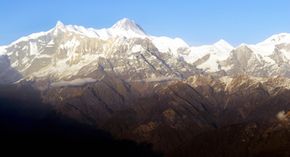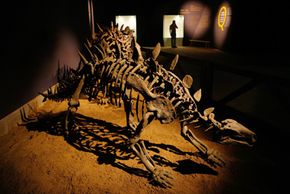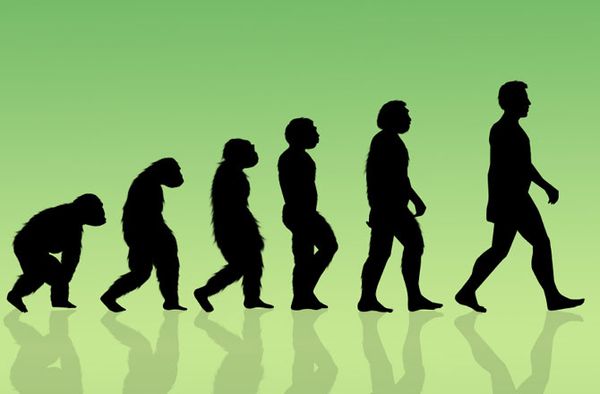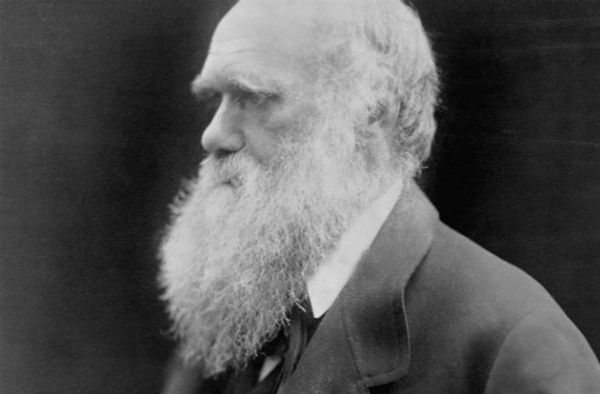
Have you ever wondered how polar bears came to be white? It makes perfect sense; the white bears blend into the white arctic terrain easily. That makes it difficult for their prey to see them approach, and this has allowed them to survive for millennia in the polar region. Polar bears evolved to adapt to their environment. Every species adapts through the generations to survive in its habitat, or else it faces extinction.
But the whiteness of the polar bear becomes somewhat curious when you consider that, at one time, they are believed to have branched off of the brown bear family tree [source: Polar Bears International]. So how exactly did some brown bears become polar bears?
Advertisement
Like every other species that diverges -- splits into two or more distinct species -- brown bears and polar bears underwent a speciation event. This is an occurrence where members of the same species separate until, for a number of different possible reasons, they are no longer able to reproduce with one another. This means that there is no longer a genetic flow between the species.
Genetic flow is the term for the potential of genetic differences in a single species to be passed around within a species. Two members of a species that can mate may pass genes between them. Think about it this way: Your mother's genes differ from your father's. Each brought his or her own lineage to your conception, and you are the result of these lineages, this genetic flow. When there is no longer a genetic flow between members of a formerly single species, reproductive isolation has been fulfilled. They no longer share the same gene pool. When this occurs, speciation is complete, and the one species has now become two (or more).
But how does speciation take place? Evolutionists still don't have a definitive answer. There are a number of different ideas of how reproductive isolation could take place. On the next page, we'll take a look at the conditions under which scientists suspect speciation takes place.
Advertisement




